Floor & Slab Lifting
Service
Services
Contact For Services
Total Specialist Maintenance Ltd (TSM) is a leading specialist contractor Driven to exceed expectation!
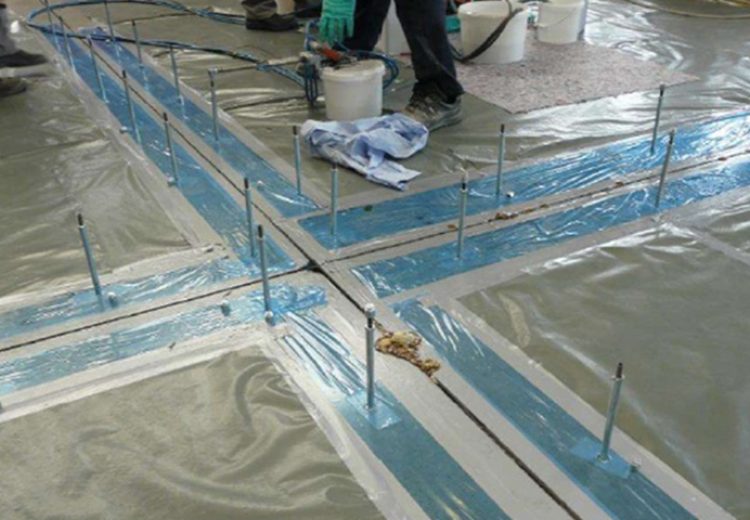
Floor & Slab Lifting
The Total specialist maintenance are specialist floor and slab lifting contractor our floor lifting method provides a fast, accurate and cost-effective remedial solution for stabilising and where possible, relevelling sunken concrete floor slabs. Total specialist maintenance floor & slab lifting services applications range from domestic repairs to large industrial and commercial projects, roads, Railways and airport runways.
Floor Lifting
- Storage areas and floors can be relevelled within one working day
- Minimal disruption on industrial sites—simply move equipment and stock from aisle to aisle
- Minimal dust or mess
- Accurate and controllable technique
- Tolerances can be better than +/- 5mm
- Standard 10 year material guarantee which can be extended
- Widely accepted by insurers, local authorities and consulting engineers.
Road Slabs
- Minimal disruption to road traffic
- Immediate traffic access
- Fast and efficient
- Proven technology
- Widely used throughout the UK, Europe and North America
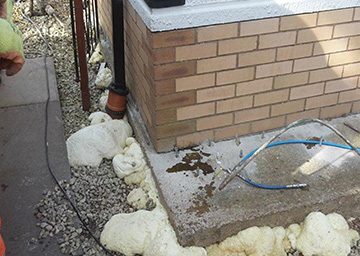
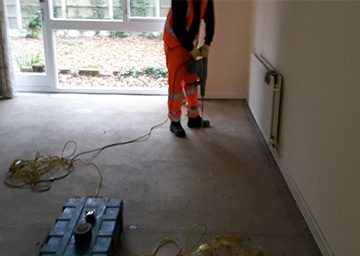
Consolidation of fill material
- The Total specialist maintenance floor slab lifting method is capable of raising flooring of all types—domestic, warehouse, commercial, industrial, airports, roads and railways.
- In domestic situations, it is not usually necessary for the occupants of the property to move out while treatment takes place.
- In almost every case, the treatment can be applied without removing machinery of fixtures and fittings, resulting in huge savings in both time and money.
- The method allows each area to be treated in a very precise way, and consequently avoids interrupting commercial or industrial activity. Treated areas can return to normal use as soon as the injection process is complete.
- Road can be treated one lane at a time, thus limiting disruption and interference to traffic.
- The Total specialist maintenance floor slab lifting method is extremely rapid compared with traditional solutions.

Method
The Total Specialist maintenance material is injected in its liquid state through holes of 15mm-20mm diameter, drilled through the slab. The material immediately expands to fill any voids and subsequently expands in an upward direction to gradually and gently lift the floor slab. Movement is carefully monitored by laser level. It is possible to either lift the floor slab or to restrict the operation to consolidation of the sub-base only.
The degree of the lift is a controlled and precise operation.
In areas where there is no significant voiding, the floor slab will begin to lift immediately, resulting in a reduction of material consumption. The Total Specialist maintenance material offers the benefits of significantly increasing load-bearing properties of the fill and sub-base, long term stability, thermal insulation and impermeability.
The lifting force is dependant upon the applied weight and can exceed 50 tons per m². It is possible to lift flooring with scaffolding or heavy plant in situ.
The lifting process rarely causes damage to the surface of the flooring and a good concrete slab of adequate thickness can be lifted without cracking.
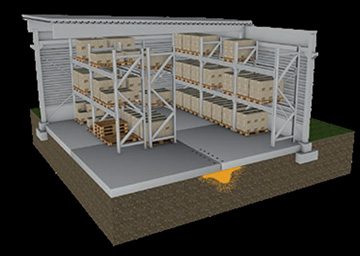
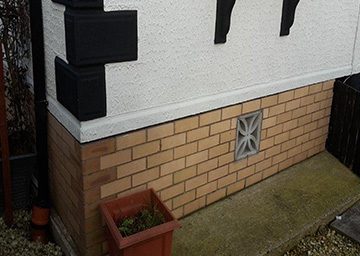
Applications
Domestic and general flooring—houses, shops, supermarkets etc.
- Elimination of voids between flooring and ground and consolidation of the sub-base
- Lifting of the sunken area without interrupting local activities
Industrial flooring
- Consolidation of the sub-floor and elimination of differential levels along joints
- Lifting of sunken flooring without having to remove plant or other structures
- Reduction of vibration transmitted to the flooring by machinery or vehicles
- Treatment areas can be organised so that production can continue
Asphalt roads
- Elimination of aquaplaning
- Localised lifting, for example at points close to bridges and elevated structures
- Recovery or introduction of localised drainage slopes
Reinforced concrete roads and airport paving
- Consolidation of the sub-floor and re-levelling
- Elimination of differential levels along joints
- Elimination of pumping effect, with little interruption to traffic
Application
All work is carried out by specialist Total specialist maintenance technicians, operating from a fully equipped self-sufficient van. The Total specialist maintenance material is brought onto site through a 70-90m hose.
Level Survey
The affected area can be surveyed with a laser level. A series of holes 15-20mm in diameter are drilled in a grid pattern throughout the affected area.
Surface Injection
The Total specialist maintenance material is injected, and expansion is immediate. The compaction effect is verified in real time by means of a laser level placed above the floor, which confirms lift.
Lifting of floor slabs
If required and if possible, injection continues in order to lift the flooring to the required level. The lift does not take place by hydraulic pressure, but by chemical reaction which causes the resin to expand in an upward direction. Lift may be limited in certain circumstances, for example where walls are built off the slab
Benefits
Directly Employed Workforce
Highly Skilled and Experienced Operatives
Certified Training
Accreditations




Frequently
Ask Questions
Technical Questions About
Floor and slab lifting
Frequently asked questions about Total Specialist Maintenance floor and slab lifting, for problems and technical queries regarding system suitability
For any additional information that is not listed please contact our technical team
Slab lifting resin injection can lift a settled concrete slab by pumping a polyurethane resin under the concrete slab and pushing it up from below. The process is sometimes called “slab jacking” or “pressure grouting”. 14mm diameter holes are drilled through the sunken concrete block/slab at strategic locations to maximize lift.
When done correctly, slab jacking is a permanent solution. You won’t have to worry about that area of your concrete sagging anymore. The materials used in the process are like a foundation for your concrete.
The material used to lift and level concrete is made of polyurethane. The way that it is mixed and the chemical make-up allow it to expand in space is that it is injected into. It’s a very non-invasive process.
Voids under concrete slabs are caused by various things including, Erosion – Excess water around a concrete slab leads to soil erosion and then voids. Two common causes of erosion are drainage issues and leaky plumbing. Soil settlement – Soil settlement is another cause of voids under a slab.
Likely causes for this include:
Excessive water due to broken pipes (such as water, sewage and stormwater drainage) Fill that has been compacted poorly. The removal of resources (liquid, gas or mineral) from the ground. Moisture can be removed from the ground by tree roots.
